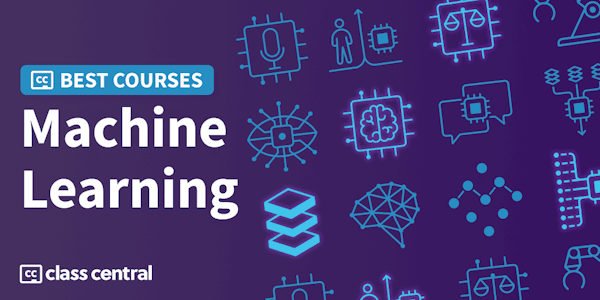As Artificial Intelligence (AI) becomes integrated into high-risk domains like healthcare, finance, and criminal justice, it is critical that those responsible for building these systems think outside the black box and develop systems that are not only accurate, but also transparent and trustworthy. This course is a comprehensive, hands-on guide to Explainable Machine Learning (XAI), empowering you to develop AI solutions that are aligned with responsible AI principles.
Through discussions, case studies, programming labs, and real-world examples, you will gain the following skills:
1. Implement local explainable techniques like LIME, SHAP, and ICE plots using Python.
2. Implement global explainable techniques such as Partial Dependence Plots (PDP) and Accumulated Local Effects (ALE) plots in Python.
3. Apply example-based explanation techniques to explain machine learning models using Python.
4. Visualize and explain neural network models using SOTA techniques in Python.
5. Critically evaluate interpretable attention and saliency methods for transformer model explanations.
6. Explore emerging approaches to explainability for large language models (LLMs) and generative computer vision models.
This course is ideal for data scientists or machine learning engineers who have a firm grasp of machine learning but have had little exposure to XAI concepts. By mastering XAI approaches, you'll be equipped to create AI solutions that are not only powerful but also interpretable, ethical, and trustworthy, solving critical challenges in domains like healthcare, finance, and criminal justice.
To succeed in this course, you should have an intermediate understanding of machine learning concepts like supervised learning and neural networks.
Overview
Syllabus
- Model-Agnostic Explainability
- In this module, you will be introduced to the concept of model-agnostic explainability and will explore techniques and approaches for local and global explanations. You will learn how to explain and implement local explainability techniques LIME, SHAP, and ICE plots, global explainable techniques including functional decomposition, PDP, and ALE plots, and example-based explanations in Python. You will apply these learnings through discussions, guided programming labs, and a quiz assessment.
- Explainable Deep Learning
- In this module, you will be introduced to the concept of explainable deep learning and will explore techniques and approaches for explaining neural networks. You will learn how to explain and implement neural network visualization techniques, demonstrate knowledge of activation vectors in Python, and recognize and critique interpretable attention and saliency methods. You will apply these learnings through discussions, guided programming labs and case studies, and a quiz assessment.
- Explainable Generative AI
- In this module, you will be introduced to the concept of explainable generative AI. You will learn how to explain emerging approaches to explainability in LLMs, generative computer vision, and multimodal models. You will apply these learnings through discussions, guided programming labs, and a quiz assessment.
Taught by
Brinnae Bent, PhD




